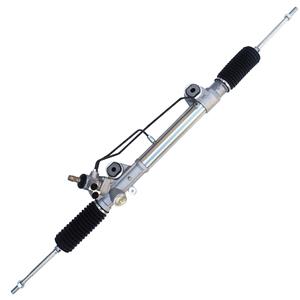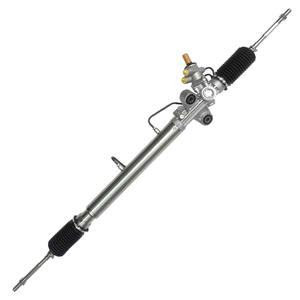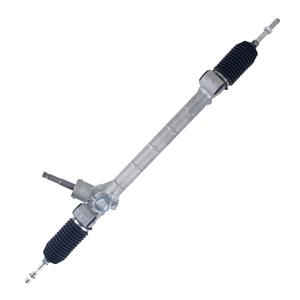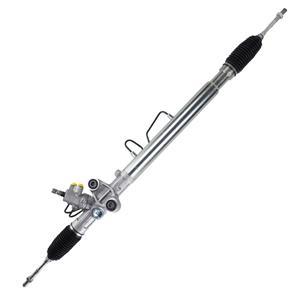In which year did Chevrolet introduce the power steering system?
The power steering system is an important invention in modern automotive technology, which makes driving easier and more comfortable, especially when driving at low speeds or parking. However, in the early days of the automotive industry, vehicles did not have this function, and drivers needed to rely on their own strength to turn the steering wheel, which was often very difficult when operating in some large vehicles or in narrow spaces.
With the continuous development of automotive technology, the power steering system has gradually become a standard configuration in automobiles. As one of the most well-known car brands in the United States, Chevrolet has also played an important role in this field of technology. So, in which year did Chevrolet introduce the power steering system?
This article will explore this issue in detail and analyze the development background of the power steering system, Chevrolet's technological innovation, and the importance of this system in the automotive industry at that time.
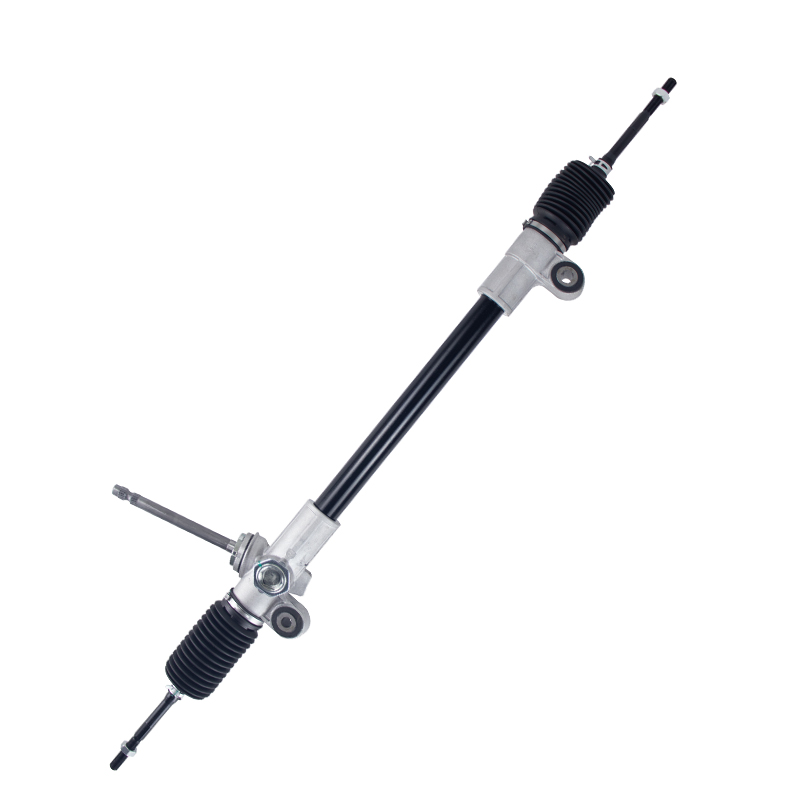
What is the background of the birth of the power steering system?
The power steering system is not a new technology. The concept of this technology was proposed as early as the 1920s. However, the earliest power steering system design was relatively simple and even not completely reliable compared to modern systems. As vehicle weight and size increase, drivers have a growing need for more control over their vehicles, so a technology that can reduce the burden on drivers has become more urgent.
The earliest power steering system can be traced back to 1926, when it was designed and patented by American Francis W. Davis. Although Davis' design was not immediately used in mass-produced vehicles, it laid the foundation for the development of future power steering technology.
After the end of World War II, the automotive industry ushered in an important period of change. A large number of scientific and technological achievements, especially those related to mechanical and hydraulic technology, began to be applied to automobile manufacturing. It was in this context that power steering systems gradually entered the mass car market.
In which year did Chevrolet launch the power steering system?
When did Chevrolet launch the power steering system:
Chevrolet is an important brand under General Motors (GM) of the United States. It was founded in 1911 and quickly became an important player in the American and even global automotive markets. As a popular car brand, Chevrolet is not only committed to manufacturing reliable vehicles, but also focuses on bringing the latest technology to consumers.
Chevrolet officially launched the power steering system in 1953. This time point is of great significance, marking an important step for Chevrolet in technological innovation. In 1953, Chevrolet's representative model, the Chevrolet Corvette, was launched as the brand's first two-seater sports car. This car not only has an outstanding appearance design, but also is equipped with many advanced technologies, including the optional configuration of the power steering system.
Key models of Chevrolet's power steering system in 1953:
● Chevrolet Bel Air: In addition to the Corvette, Bel Air was also one of the main models that launched the power steering system at that time. This model is very popular in the US market, and its stylish design and powerful performance make it one of the classic models at that time. The power steering system has become an important technical selling point on this car.
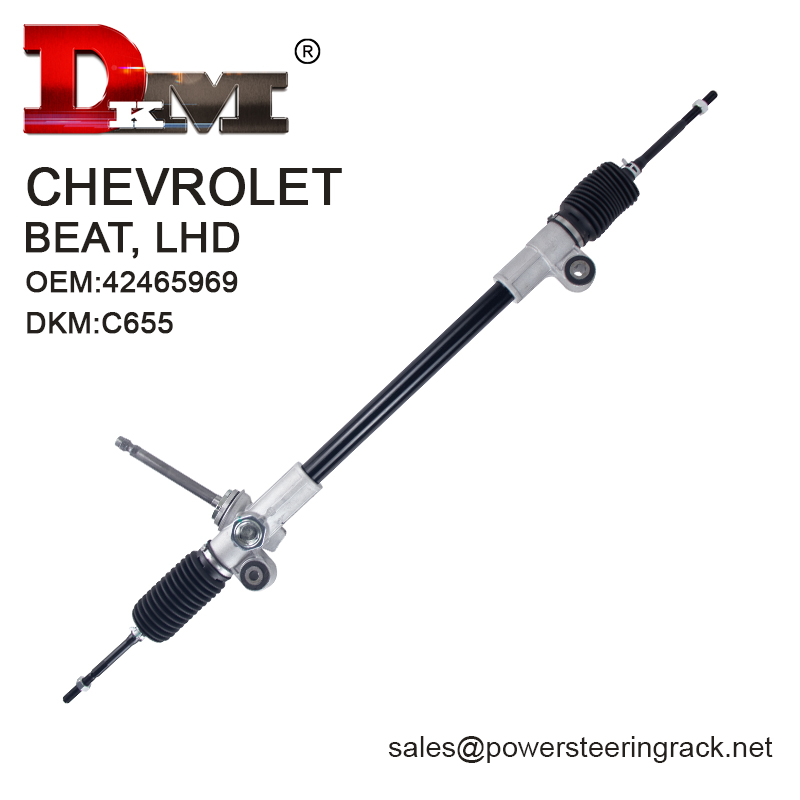
How does the power steering system work?
In 1953, Chevrolet introduced a power steering system that was a hydraulic power steering system (HPS), which relied on an engine-driven hydraulic pump to provide steering assistance. Its basic working principle is as follows:
Hydraulic pump:
The power steering pump is driven by the engine and is responsible for pressurizing and delivering hydraulic oil to the steering system. The hydraulic oil enters the power steering gear through a pipeline, providing the driver with additional steering assistance.
Hydraulic oil:
Hydraulic oil is an indispensable part of the power steering system, which plays a role in transmitting pressure. Through hydraulic oil, the driver can feel the power assistance effect when turning the steering wheel, which makes steering easier.
Power steering booster:
The power steering booster is responsible for receiving pressure from the hydraulic pump and transmitting the steering assistance to the wheels through a mechanical device. This process greatly reduces the force required by the driver to turn the steering wheel.
With this technology, the driver no longer needs to turn the steering wheel with effort when driving at low speeds, especially when parking or turning, making the operation easier and faster.
What are the advantages of the power steering system?
Advantages of power steering system:
1. Easier control
2. Improve driving comfort
3. Enhance safety
4. Applicable to various road conditions
After Chevrolet introduced the power steering system in 1953, this technology was quickly widely used and popularized. It brings many significant advantages, as follows:
Easier control:
Without power steering, the driver must use a lot of force to turn the steering wheel, especially at low speeds. The power steering system reduces the driver's workload by providing power assistance, making vehicle control easier.
Improve driving comfort:
The introduction of the power steering system has greatly improved driving comfort, especially when driving for a long time or driving on complex road conditions, the driver's fatigue is significantly reduced.
Enhance safety:
The power steering system not only improves controllability, but also provides faster steering response capabilities in emergency situations, increasing driving safety.
Applicable to various road conditions:
Whether on urban roads or in complex rural or mountainous sections, the power steering system can provide stable and accurate steering control.
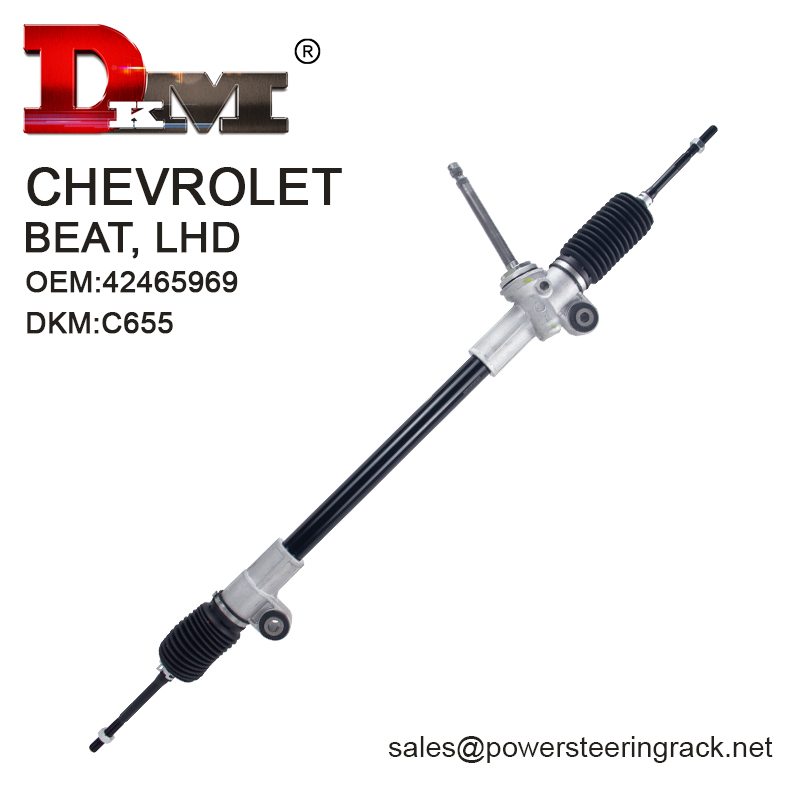
Improvement and Development of Power Steering System
Although Chevrolet introduced the power steering system in 1953, the technology did not stop there. Over time, the power steering system has undergone many improvements and upgrades to adapt to different models and driving needs.
1. Optimization of hydraulic power steering system: Early hydraulic power steering systems rely on engine power to drive the hydraulic pump, which means that when the engine speed is low, the power steering effect will also be weakened. To solve this problem, automakers have optimized the hydraulic system many times, improving the response speed and stability of the system.
2. Introduction of Electric Power Steering (EPS): With the advancement of technology, traditional hydraulic power steering systems have gradually been replaced by electric power steering systems. EPS no longer requires hydraulic pumps and hydraulic oil. It relies on electric motors to provide power assistance, which not only reduces maintenance costs but also improves fuel efficiency.
Chevrolet has also gradually adopted EPS systems in later models, which makes the vehicle's steering more flexible and energy-saving.
What is the importance of power steering system?
The power steering system is an indispensable part of modern automotive technology. With the introduction of this technology by Chevrolet in 1953, power steering gradually became a standard feature on all mainstream cars. This was not only a technological advancement, but also provided drivers with a more convenient and safer driving experience.
Today, power steering systems have become popular around the world, and almost all modern cars are equipped with this feature. Although the form of technology may vary - from hydraulic to electric power steering - its core goal remains the same, which is to make driving easier, safer and more efficient.
In summary, 1953 was an important year in Chevrolet's history. It was in this year that Chevrolet officially launched the power steering system. From hydraulic power steering to modern electric power steering systems, power steering technology has undergone tremendous changes. As one of the pioneering brands in the development of this technology, Chevrolet has played an important role in the global automotive industry.
When it comes to sourcing high-quality power steering systems, DKM stands out as a trusted name in the automotive industry. Since 1996, we have been manufacturing gear rack steering systems for a wide range of vehicles, including those from Toyota, Hyundai, Honda, and Mitsubishi. Our factory is equipped with over 280 CNC machines and advanced heat treatment equipment, ensuring precision manufacturing and unmatched product reliability. DKM serves global markets, exporting to the USA, Italy, Ukraine, Southeast Asia, and beyond. We offer competitive factory prices, bulk order discounts, and customized solutions to meet your specific needs. Whether you are a distributor, retailer, or OEM, DKM is ready to deliver. Request a quote now and take advantage of our exceptional products and services.

